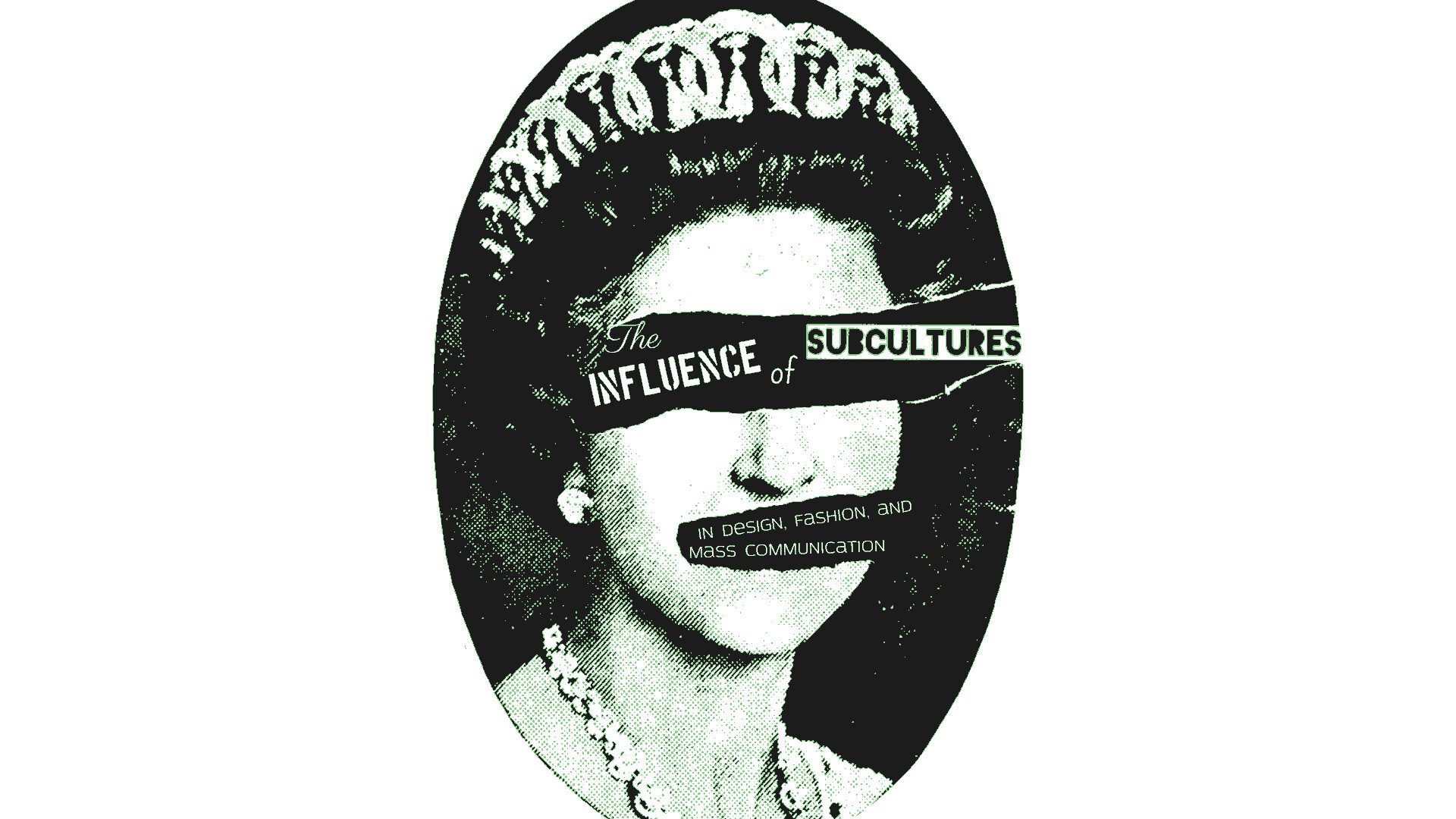The Influence of Subcultures in Design, Fashion and Mass Communication
Subcultures have long played a pivotal role in shaping design, fashion, and mass communication. These unique, often rebellious groups emerge as countercultures or alternatives to the mainstream, bringing with them fresh perspectives, creativity, and innovation. From punk rockers to skateboarders, hip-hop artists to tech enthusiasts, subcultures influence the way we think, dress, communicate, and create. Their impact is often felt first on the fringes, but over time, many subcultural trends seep into mainstream culture, redefining the norms of society.
This article explores how subcultures have influenced three distinct realms—design, fashion, and mass communication—creating a continuous exchange between the margins and the mainstream.
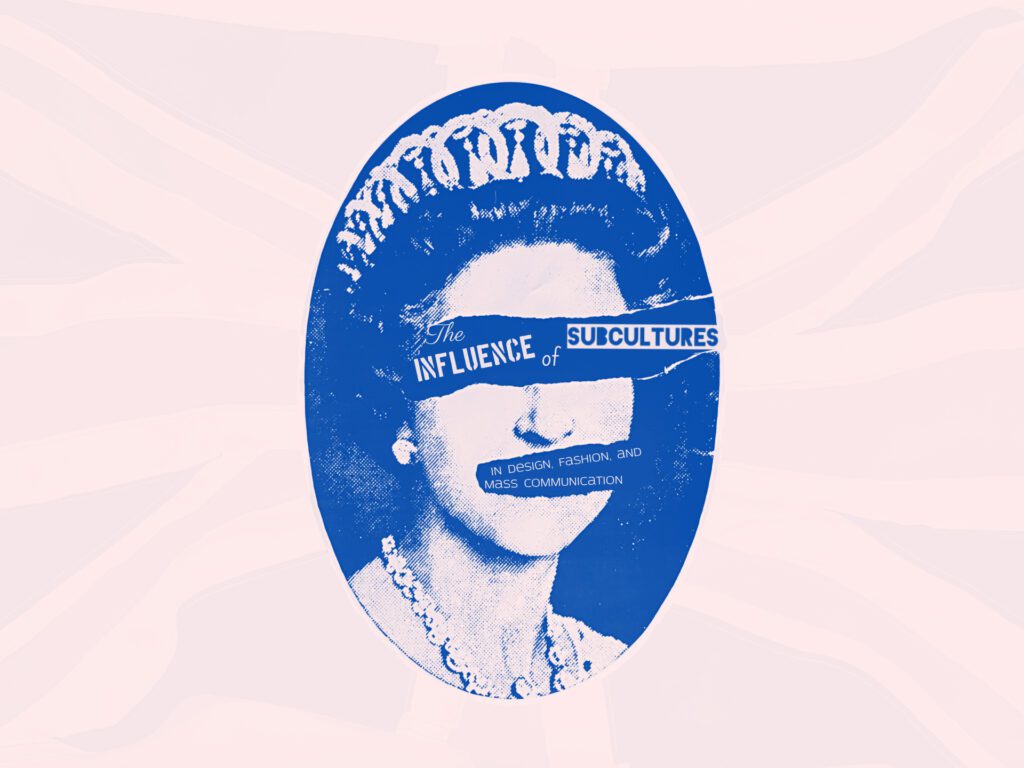
1. The Role of Subcultures in Design
Subcultures are a breeding ground for innovation in design, often challenging conventional aesthetics and functionality. The design world thrives on novelty, and subcultures provide a constant stream of inspiration by introducing fresh, disruptive ideas. These groups are often dissatisfied with mainstream design and seek to express their identities through creative alternatives.
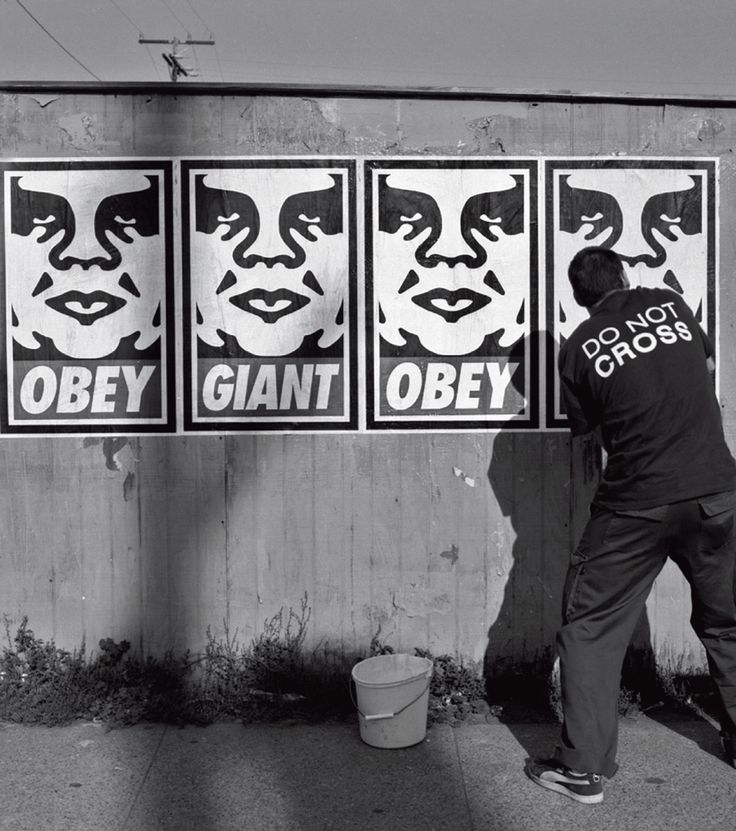
Graphic Design and Visual Aesthetics
In graphic design, subcultures have inspired bold experimentation with typography, color schemes, and imagery. For example, the punk subculture of the 1970s and 1980s rejected clean, polished corporate aesthetics and instead embraced a raw, DIY (do-it-yourself) ethos. Punk fanzines, posters, and album covers featured anarchic, hand-drawn typography, collage art, and jagged graphics that communicated a rebellious attitude. The visual language of punk has since been absorbed into mainstream design, with many contemporary designers incorporating its raw, edgy aesthetic into their work.
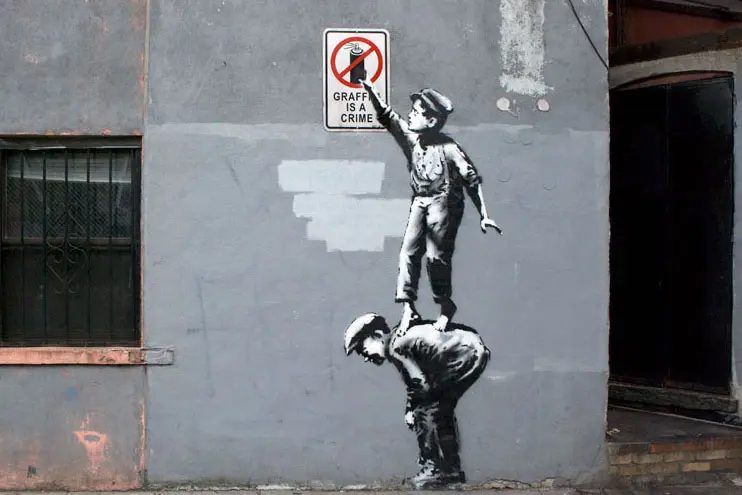
Similarly, graffiti and street art, once considered forms of vandalism, have profoundly influenced graphic design. Emerging from urban subcultures in cities like New York and Los Angeles, graffiti art introduced a bold, colorful style that celebrated freedom of expression and social commentary. Over the years, this subculture has evolved into a legitimate art form, influencing the work of designers in advertising, branding, and digital media.

Industrial and Product Design
Subcultures also inspire functional design. The skateboard subculture, for example, has had a significant impact on industrial and product design. Originally a niche group of enthusiasts, skateboarders have helped shape the development of products that cater to their lifestyle. Beyond the skateboard itself, the culture has influenced the design of urban spaces, with skate parks, ramps, and even public benches being designed to accommodate skateboarders.
The influence of subcultures in design is a dynamic process, with designers constantly drawing inspiration from underground movements to challenge and evolve the status quo. What starts as niche or fringe design eventually finds its way into the mainstream, pushing the boundaries of what is considered acceptable or desirable.
2. The Impact of Subcultures on Fashion
Fashion is perhaps the most visible area where subcultures have left an indelible mark. From the punk and goth movements to the hip-hop and streetwear scenes, subcultural fashion has repeatedly disrupted mainstream trends and redefined societal norms around clothing, identity, and self-expression.
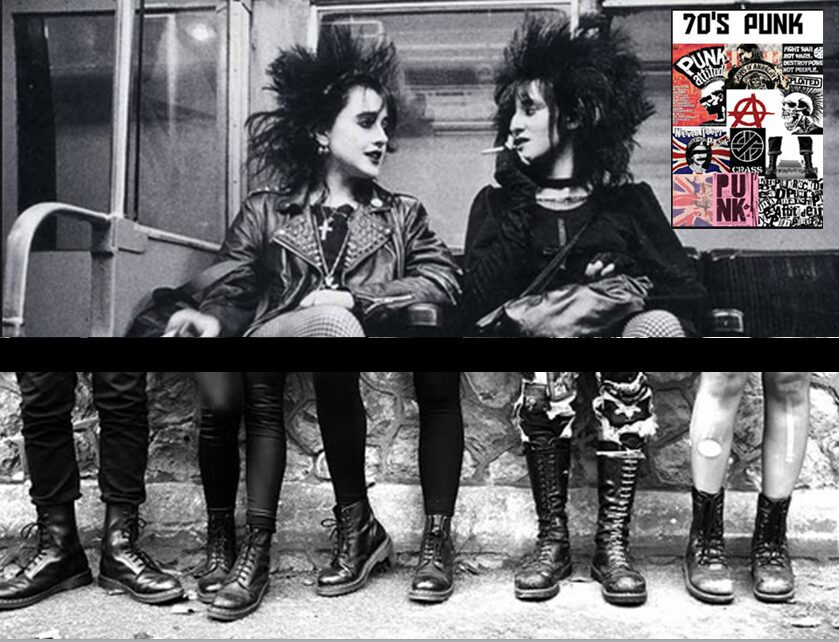
Punk Fashion
One of the most iconic subcultures in fashion history is the punk movement of the 1970s. Punks rejected the polished, consumer-driven fashion of the time, embracing a gritty, DIY aesthetic. Tattered clothing, safety pins, leather jackets, and brightly colored hair became symbols of rebellion and anti-establishment sentiment. Designers like Vivienne Westwood capitalized on the punk ethos, bringing the style from the streets of London to high fashion runways.
What made punk fashion so influential was its intentional rejection of mainstream values. It wasn’t just about clothing; it was a form of protest. Over time, elements of punk—such as distressed denim, studs, and bold graphic tees—became mainstream fashion staples, losing some of their original rebellious connotations but forever changing the fashion landscape.
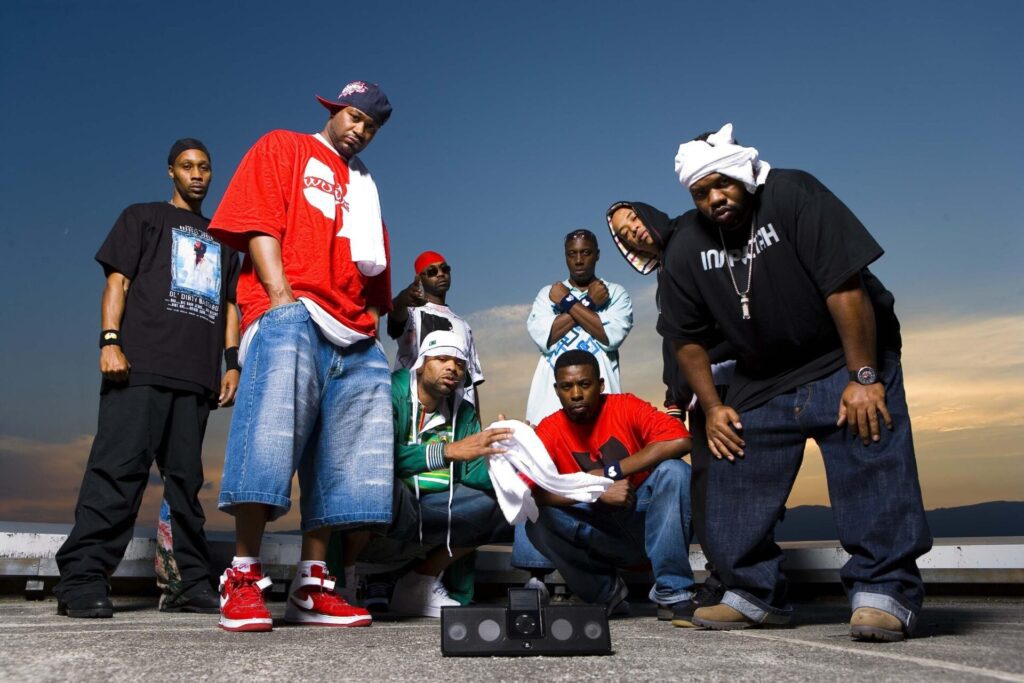
Hip-Hop and Streetwear
The hip-hop subculture, which emerged in the Bronx in the 1970s, has arguably had one of the most significant and lasting impacts on global fashion. Hip-hop fashion began as a form of self-expression for marginalized communities and included oversized clothing, gold chains, sneakers, and baseball caps. It was a way to stand out, claim space, and assert identity in a world that often overlooked or oppressed the voices of Black and Latino youth.
In the 1990s and 2000s, hip-hop fashion gave rise to the streetwear movement, which merged casual, urban style with luxury brands. Designers like Virgil Abloh, the founder of Off-White, and collaborations between brands like Nike and Supreme, brought streetwear into the luxury fashion world. Today, the influence of hip-hop and streetwear is ubiquitous, from the runways of Paris to everyday fashion in cities around the globe.
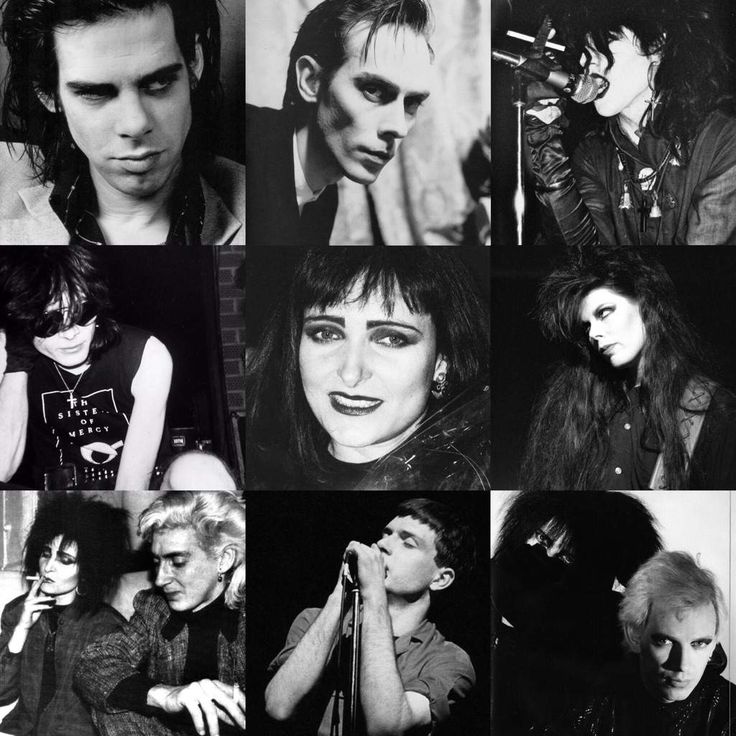
Goth and Androgynous Fashion
The goth subculture, known for its dark, dramatic, and often gender-fluid fashion, has also significantly influenced mainstream design. Goth fashion often includes black clothing, Victorian-inspired styles, corsets, and heavy makeup. By embracing darkness, death, and the macabre, goth fashion challenges conventional beauty standards and explores themes of otherness and identity.
Designers like Alexander McQueen and Rick Owens have drawn heavily from goth aesthetics, blending it with high fashion to create collections that are both haunting and beautiful. Furthermore, goth fashion’s androgynous style has contributed to the growing acceptance of gender-neutral fashion, a trend that is becoming increasingly prominent in today’s fashion industry.
3. Subcultures in Mass Communication
Mass communication, particularly in the age of digital media, is another arena where subcultures have a profound influence. Subcultures challenge mainstream narratives and offer alternative voices, often pioneering new ways of communicating that eventually get absorbed into popular culture.

Memes and Internet Subcultures
The internet has given rise to a myriad of subcultures, each with its own form of communication. Memes, for example, have become one of the most popular forms of mass communication in the digital age, and they often originate in niche internet communities such as Reddit or 4chan. Memes allow for the rapid spread of ideas, humor, and social commentary, often reflecting the concerns and interests of specific subcultures.
Internet subcultures have also influenced language itself. Slang terms and phrases that originated in online communities—such as “woke,” “ghosting,” or “stan”—have made their way into mainstream media and everyday language. This flow of communication from the margins to the center exemplifies the power subcultures have in shaping the way we communicate in the digital age.
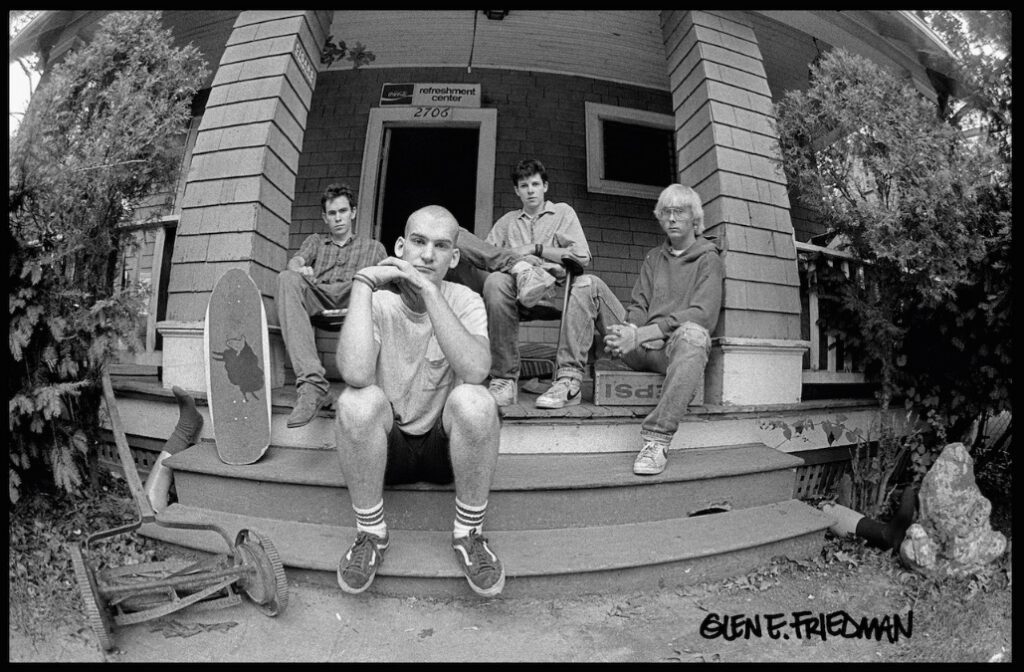
DIY Media and Independent Platforms
Subcultures also use mass communication to bypass traditional media gatekeepers. The punk movement, for example, pioneered the use of DIY media in the form of fanzines, underground radio stations, and independent record labels. Today, that DIY spirit is alive and well, with subcultures using social media platforms, blogs, and podcasts to reach global audiences without relying on mainstream media.
The rise of platforms like YouTube, TikTok, and Instagram has democratized mass communication, allowing subcultural movements to flourish and spread. Independent creators can now reach millions of people, spreading subcultural ideas and aesthetics faster than ever before.
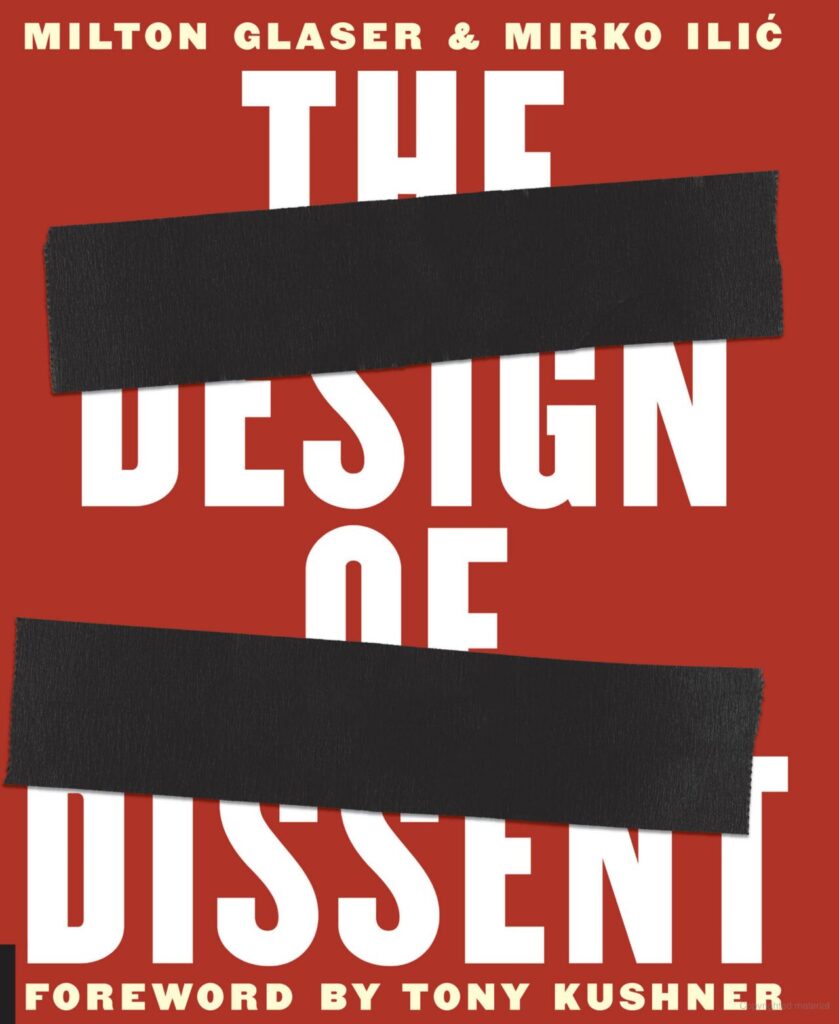
Conclusion
Subcultures are more than just alternative groups with niche interests—they are catalysts for change, pushing the boundaries of design, fashion, and mass communication. Whether through graphic design, streetwear, or internet memes, subcultures introduce new ideas and challenge the status quo. Over time, these ideas move from the fringes to the mainstream, reshaping the cultural landscape and influencing the way we live, dress, and communicate.
The constant exchange between subcultures and the mainstream ensures that creativity and innovation never stagnate. As long as there are groups willing to challenge societal norms, the influence of subcultures will continue to shape our world in profound ways.
Disclaimer: The information contained in this post is for general information purposes only. The views expressed here are my own and do not necessarily reflect the opinions or positions of my employers, clients, or any organizations with which I am affiliated.
The audio summary segments, included for accessibility, are generated with experimental NotebookLM.

